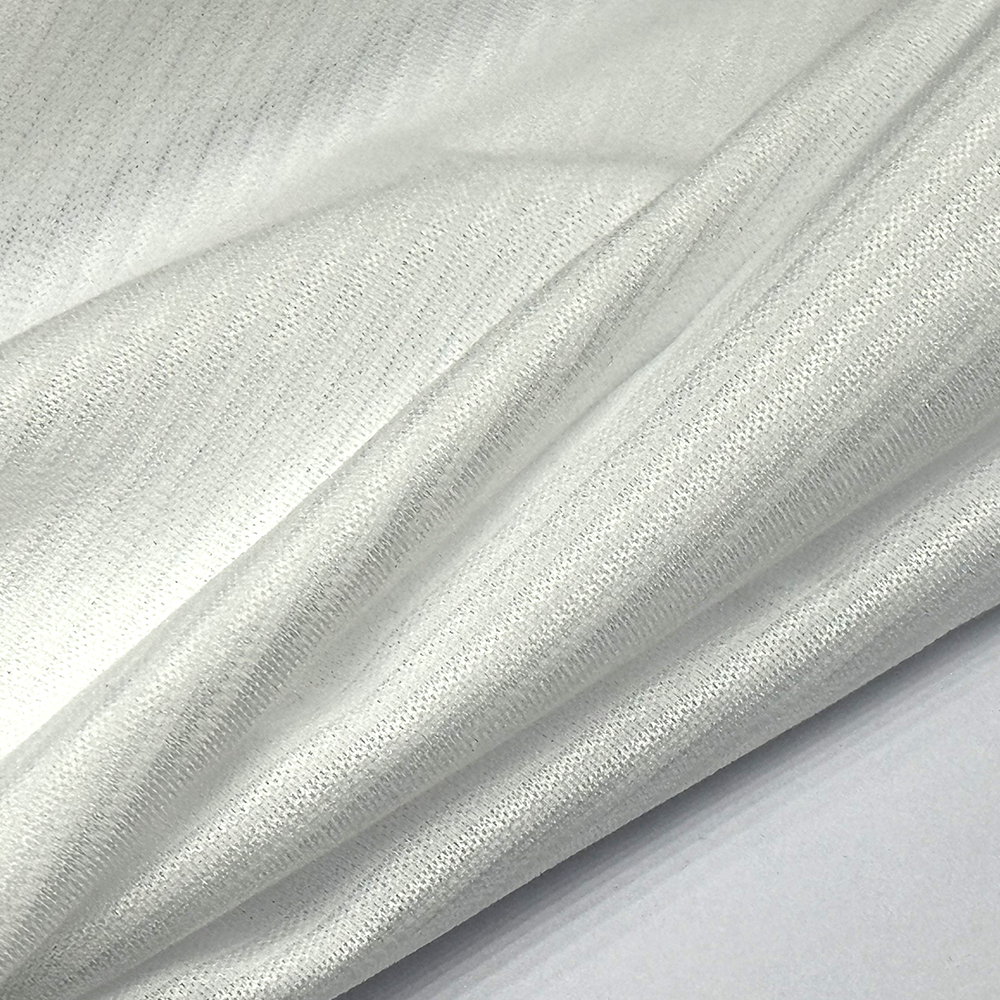The Science Behind Thermoregulating Fabrics: A Comprehensive Guide
Thermoregulating fabrics represent a significant advancement in textile technology, particularly for professionals seeking comfort and performance in their clothing and other fabric applications. These specialized materials are designed to adapt to body temperature changes, providing users with a consistent thermal environment, regardless of external conditions. In the context of cotton fabrics, t
May 04,2025

Thermoregulating fabrics represent a significant advancement in textile technology, particularly for professionals seeking comfort and performance in their clothing and other fabric applications. These specialized materials are designed to adapt to body temperature changes, providing users with a consistent thermal environment, regardless of external conditions. In the context of cotton fabrics, thermoregulating technologies can enhance the natural benefits of cotton, creating a versatile option for both casual and professional wear.
The core principle behind thermoregulating fabrics lies in their ability to manage moisture and heat. These fabrics typically incorporate phase change materials (PCMs) that can absorb, store, and release heat, depending on the surrounding temperature. When the body heats up, the PCM absorbs excess heat, preventing overheating. Conversely, when the body cools down, the stored heat is released back into the fabric, providing warmth. This dynamic equilibrium makes thermoregulating fabrics particularly suitable for a wide range of climates and activities.
In addition to temperature regulation, these fabrics often feature moisture-wicking properties. This means they can draw sweat away from the body, evaporating it quickly to keep the wearer dry and comfortable. When combined with cotton, known for its breathability and softness, thermoregulating fabrics offer an unmatched experience in comfort and functionality.
Moreover, the applications of thermoregulating fabrics extend beyond clothing. They are increasingly utilized in home textiles, such as bedding and upholstery, enhancing comfort in environments where temperature fluctuations are common. In professional settings—where individuals may transition from climate-controlled offices to outdoor environments—thermoregulating fabrics can help maintain comfort, thereby potentially improving productivity and focus.
Another essential aspect of thermoregulating fabrics is their durability and ease of care. Many of these advanced materials are engineered to withstand regular washing and wear, making them a practical choice for everyday use. With the growing emphasis on sustainability in the textile industry, innovations in thermoregulating fabrics also include eco-friendly options, appealing to environmentally conscious consumers.
In conclusion, thermoregulating fabrics offer a blend of science and comfort that is particularly beneficial within the realm of cotton textiles. Their ability to adapt to temperature and moisture levels makes them a valuable asset for anyone seeking enhanced performance in their clothing and fabrics. As technology continues to evolve, the future of thermoregulating fabrics promises even greater enhancements, catering to the dynamic needs of modern lifestyles.
The core principle behind thermoregulating fabrics lies in their ability to manage moisture and heat. These fabrics typically incorporate phase change materials (PCMs) that can absorb, store, and release heat, depending on the surrounding temperature. When the body heats up, the PCM absorbs excess heat, preventing overheating. Conversely, when the body cools down, the stored heat is released back into the fabric, providing warmth. This dynamic equilibrium makes thermoregulating fabrics particularly suitable for a wide range of climates and activities.
In addition to temperature regulation, these fabrics often feature moisture-wicking properties. This means they can draw sweat away from the body, evaporating it quickly to keep the wearer dry and comfortable. When combined with cotton, known for its breathability and softness, thermoregulating fabrics offer an unmatched experience in comfort and functionality.
Moreover, the applications of thermoregulating fabrics extend beyond clothing. They are increasingly utilized in home textiles, such as bedding and upholstery, enhancing comfort in environments where temperature fluctuations are common. In professional settings—where individuals may transition from climate-controlled offices to outdoor environments—thermoregulating fabrics can help maintain comfort, thereby potentially improving productivity and focus.
Another essential aspect of thermoregulating fabrics is their durability and ease of care. Many of these advanced materials are engineered to withstand regular washing and wear, making them a practical choice for everyday use. With the growing emphasis on sustainability in the textile industry, innovations in thermoregulating fabrics also include eco-friendly options, appealing to environmentally conscious consumers.
In conclusion, thermoregulating fabrics offer a blend of science and comfort that is particularly beneficial within the realm of cotton textiles. Their ability to adapt to temperature and moisture levels makes them a valuable asset for anyone seeking enhanced performance in their clothing and fabrics. As technology continues to evolve, the future of thermoregulating fabrics promises even greater enhancements, catering to the dynamic needs of modern lifestyles.
Contact Us
E-mail:
Address:
1302, Zhongjun Fortune Center, Fengli Street, Shishi, Fujian, China.









